Your lawn doesn’t have to shrivel when summer cranks up the thermostat! Late spring is your last shot to armor up against scorching afternoons and thirsty roots. This is the moment to turn grubby grass into a lush green blanket. Skip the guesswork—your mower, your hose, and your hands are all you need to kickstart a heat-proof lawn. Think deeper watering that rewards strong roots. Think sharper blades that give each blade a fighting chance. You’ll learn to fluff the earth with quick pokes or full drills, feed your turf just enough to fuel growth without burns, and set your mower height like a champion showing its stripes. Grab your gloves and channel your inner lawn legend. Follow these 14 tips, and watch your grass stand tall while the neighbors’ blades wither under the sun. Get ready to green your street—no wilt in sight!
Mow at the Right Height
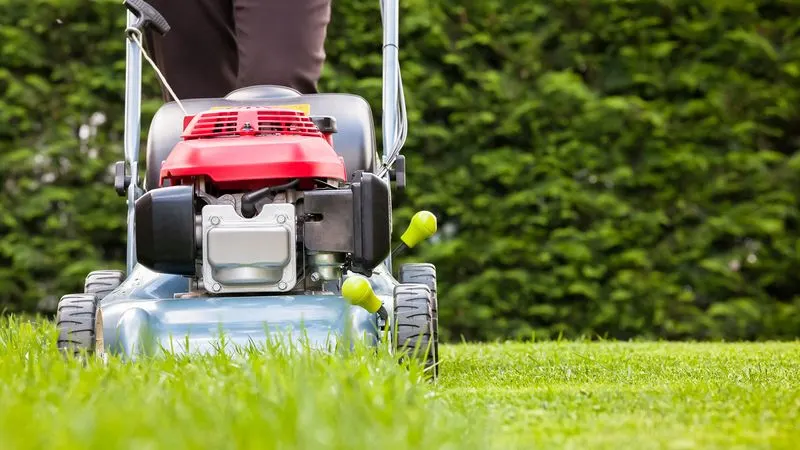
Achieving the perfect lawn starts with mowing at the correct height. During late spring, aim for a grass height of 2 to 3 inches. This ensures the grass has enough surface area to absorb sunlight without becoming too stressed. Begin by adjusting your mower’s height and ensure the blades are sharp for a clean cut.
Cutting the grass too short can expose it to the harsh sun, leading to a scorched and unhealthy look. The right height also helps in reducing weed growth, as taller grass can shade out unwanted plants, creating a denser lawn carpet.
Water Deeply and Infrequently
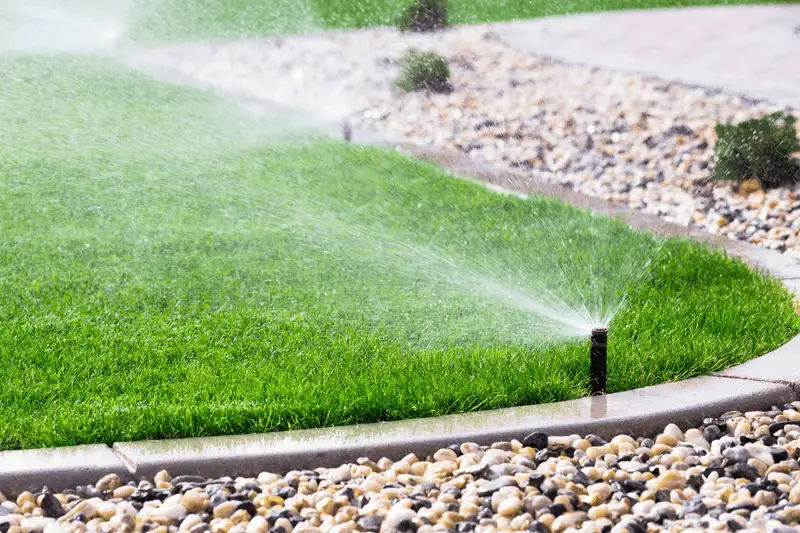
Deep watering is key to developing strong roots in your lawn. Rather than frequent, shallow watering, opt for deep and infrequent sessions. This encourages roots to grow deeper into the soil, making your lawn more drought-resistant in summer.
Water early in the morning to minimize evaporation and allow the grass to dry before nightfall, reducing disease risk. An inch of water per week, including rainfall, usually suffices. Observe the lawn’s response and adjust accordingly to maintain its lush appearance.
Feed Your Lawn Properly
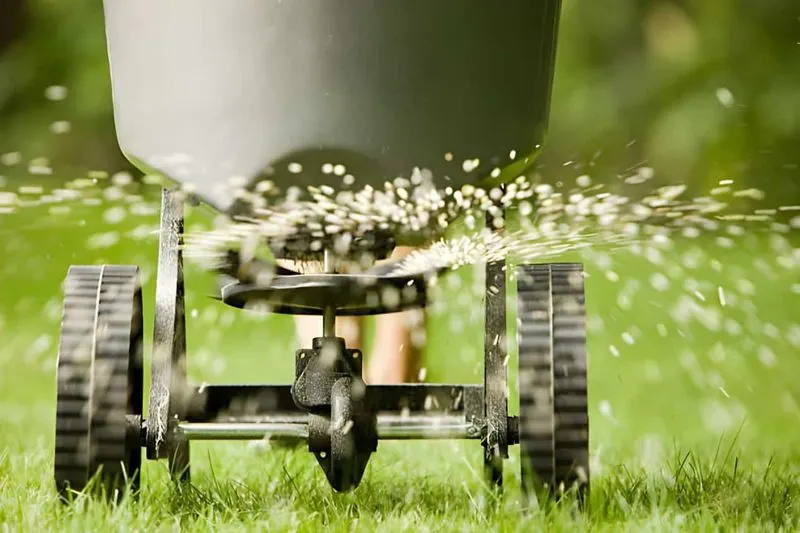
Feeding your lawn with the right nutrients preps it for summer. Use a balanced slow-release fertilizer in late spring to provide essential nutrients. This encourages steady growth and strengthens the grass against heat stress.
Be mindful of the application rate and distribution to avoid burning the lawn. Fertilizing when the grass is actively growing ensures optimal absorption, resulting in a robust and vibrant lawn ready to face summer’s challenges.
Control Weeds Regularly
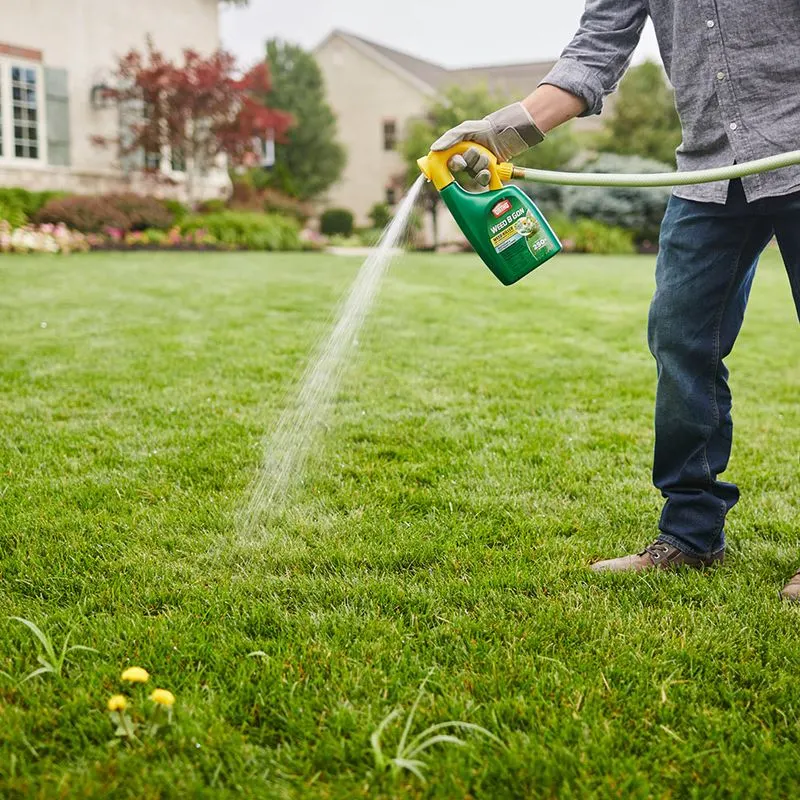
Weeds can quickly overtake your lawn if not managed. Regular control is necessary, and late spring is a great time to tackle this issue. Use a selective herbicide to address broadleaf weeds like dandelions and clover.
These products target weeds without harming grass, ensuring that your lawn remains pristine. Regular monitoring and timely intervention are key to maintaining a weed-free landscape, allowing your grass to thrive without competition.
Aerate the Lawn
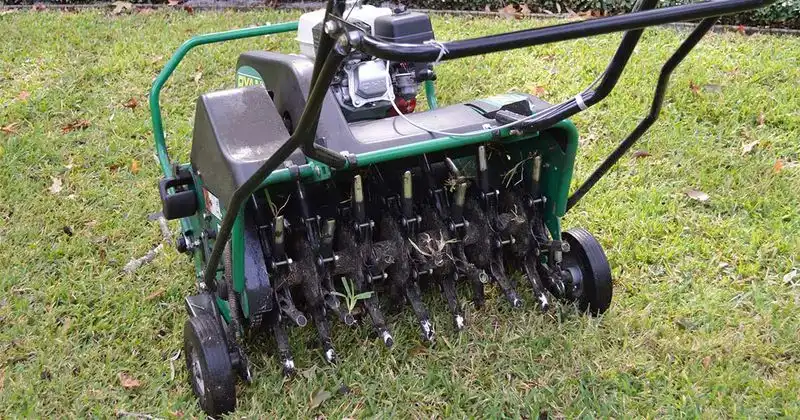
Aerating your lawn improves air exchange, water uptake, and nutrient absorption. Late spring is an ideal time for this task, as it enhances root growth and prepares your lawn for summer’s demands.
Use a manual or machine aerator to create holes that allow essential resources to reach the roots. This process reduces soil compaction and promotes a healthier, greener lawn. Aeration is particularly beneficial for lawns with heavy foot traffic or clay soil.
Overseed Thin Patches
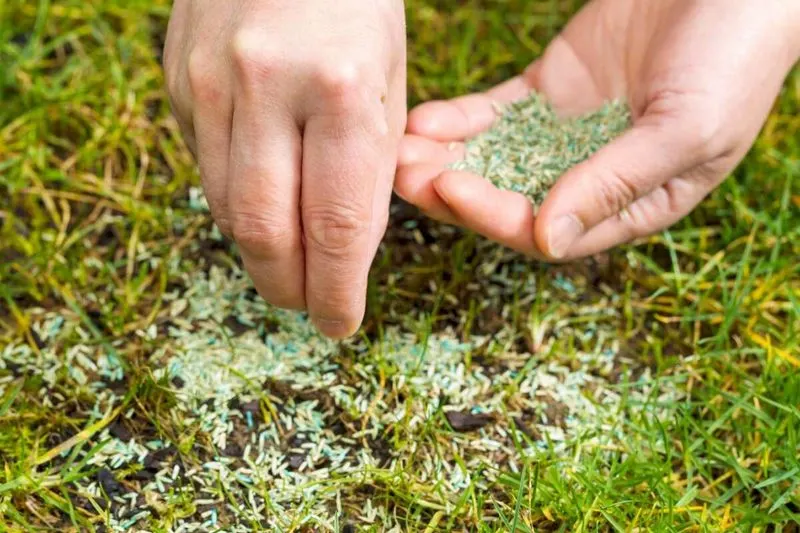
Thinning areas in your lawn can be revitalized by overseeding. Late spring is an excellent time to address these patches before the summer heat arrives. Use a quality grass seed blend suited to your climate.
Prepare the soil by loosening it with a rake and then evenly distribute seeds over thin areas. Water consistently until germination, and soon, you’ll witness new growth filling in those unsightly patches. Overseeding enhances lawn density and resilience.
Adjust Irrigation Systems
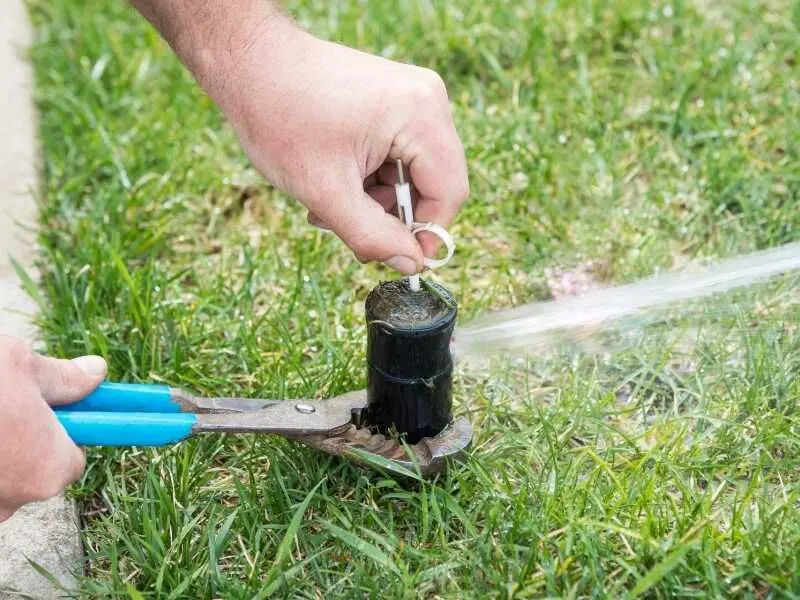
Fine-tuning your irrigation system in late spring ensures it operates efficiently during summer. Check for leaks, clogs, and misaligned sprinkler heads to maintain even water distribution.
Adjust your system’s schedule based on weather conditions and the lawn’s needs. This ensures that your grass receives adequate moisture without waste. Proper irrigation management is crucial for a green, thriving lawn throughout the hottest months.
Apply Mulch to Flower Beds
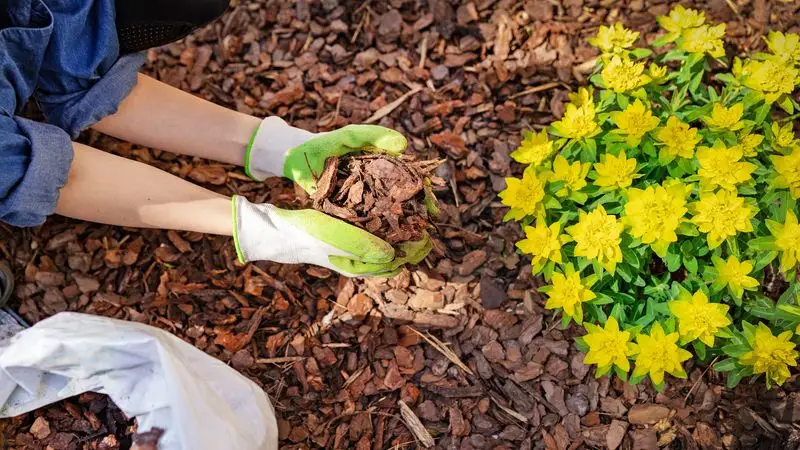
Applying mulch to flower beds provides multiple benefits for your lawn’s ecosystem. Mulch retains soil moisture, suppresses weeds, and adds nutrients to the soil as it decomposes.
In late spring, a fresh layer of mulch can prepare flower beds and surrounding lawn areas for summer. Choose organic mulches like wood chips or shredded bark for the best results. This practice enhances the aesthetic of your landscape while promoting a healthier environment for your grass.
Edge Your Lawn Neatly
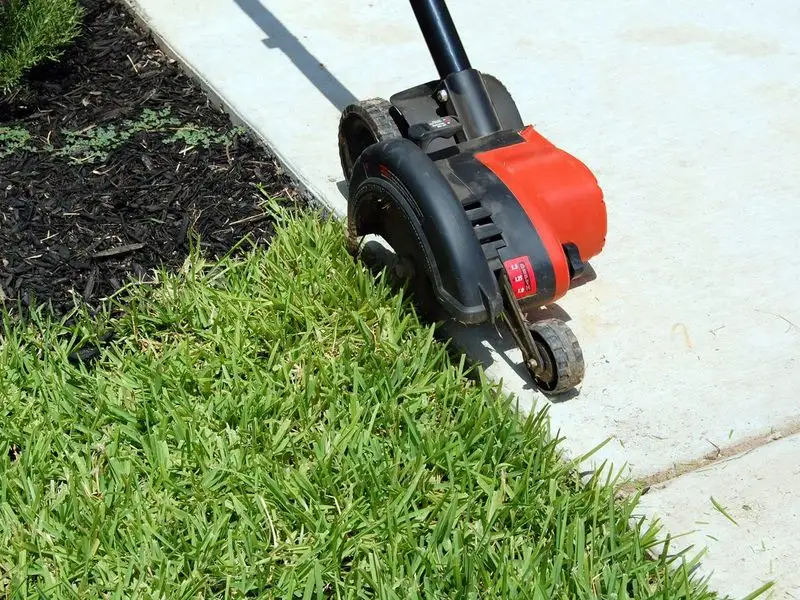
Neatly edging your lawn gives it a polished appearance. In late spring, take the time to define the borders between your lawn and flower beds or pathways.
Use a manual or power edger to create clean, crisp lines that enhance the overall aesthetic appeal of your landscape. Regular edging prevents grass from encroaching into unwanted areas, maintaining tidy and well-defined garden spaces.
De-thatch Your Lawn
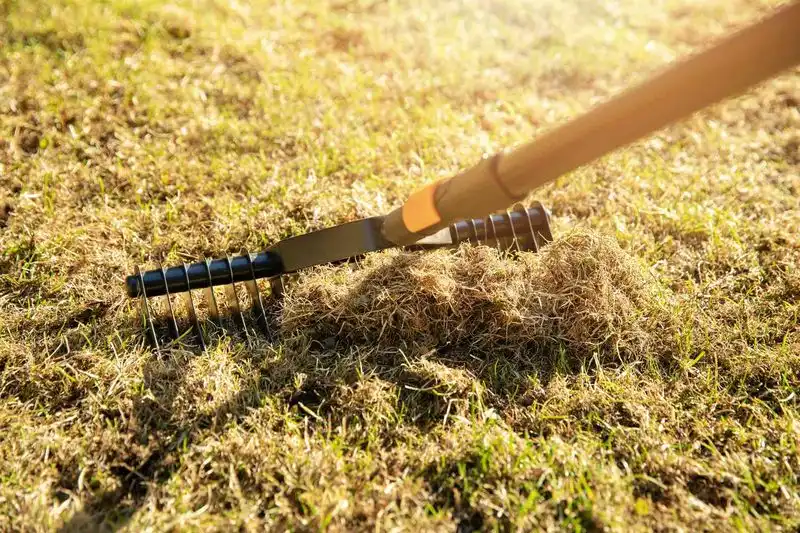
Thatch is a layer of dead grass and organic matter that can hinder lawn health. Late spring is an ideal time to de-thatch, as grass is actively growing and can recover quickly.
Use a thatching rake to remove this layer, allowing air, water, and nutrients to penetrate the soil efficiently. Regular de-thatching prevents issues such as root suffocation and disease, promoting a lush, green lawn ready for summer heat.
Monitor and Treat Pests
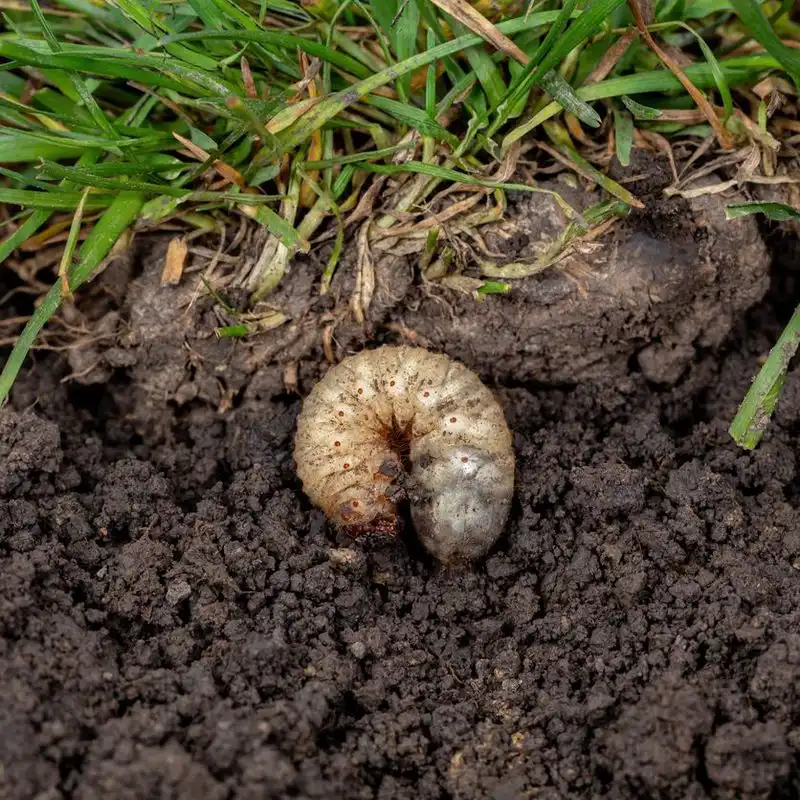
Pest management is essential for maintaining a healthy lawn. In late spring, monitor for signs of damage from insects such as grubs, chinch bugs, and armyworms.
If detected, treat the affected areas with appropriate insecticides or natural remedies to curb infestations. Early intervention is key to preventing extensive damage and ensuring your lawn remains vibrant and resilient through summer.
Maintain Lawn Equipment
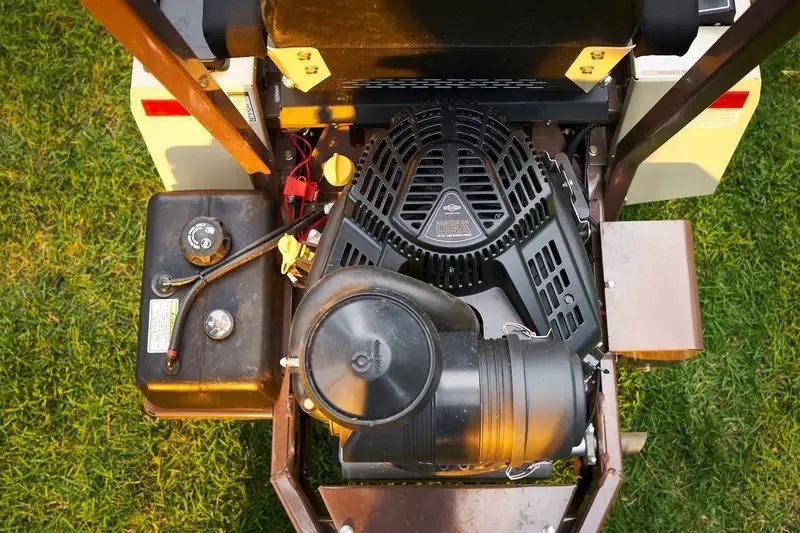
Proper maintenance of lawn equipment is vital for efficient lawn care. In late spring, take the time to clean and tune-up your mower, trimmer, and other tools.
Sharpen blades, change oil, and check fuel levels to ensure everything is in top working condition. Well-maintained equipment allows for precise and effective lawn care, supporting your efforts in achieving a beautiful, summer-ready lawn.
Consider Organic Treatments
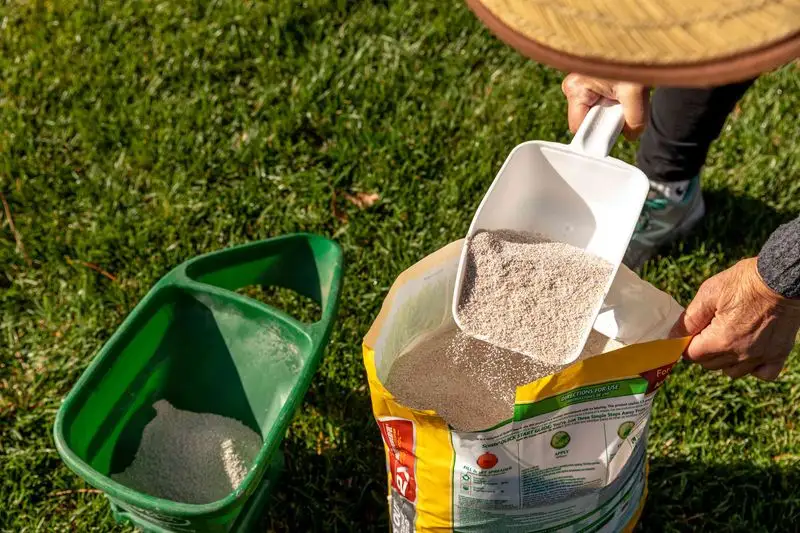
Organic treatments offer a sustainable approach to lawn care. In late spring, opt for organic fertilizers, pest controls, and weed preventatives.
These products support a healthy ecosystem by enriching the soil and encouraging beneficial organisms. Consider incorporating organic methods into your lawn care routine for an environmentally friendly approach that promotes long-term lawn health and beauty.
Test and Amend Soil

Understanding your soil’s composition is crucial for effective lawn care. In late spring, conduct a soil test to determine pH and nutrient levels.
Based on the results, add amendments such as lime or sulfur to adjust pH and enhance nutrient availability. Proper soil management fosters a thriving lawn, equipped to handle the summer heat with vigor and vitality.

